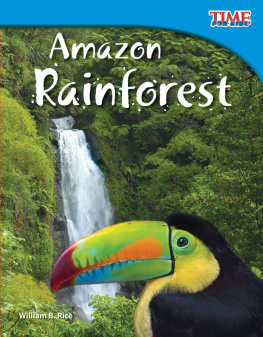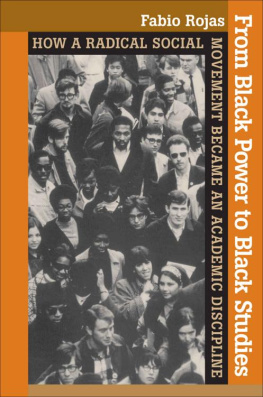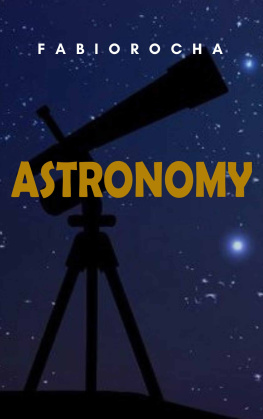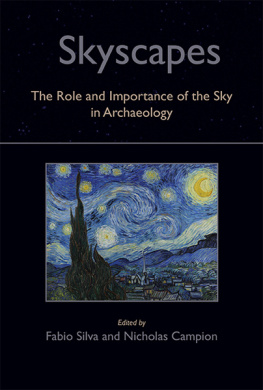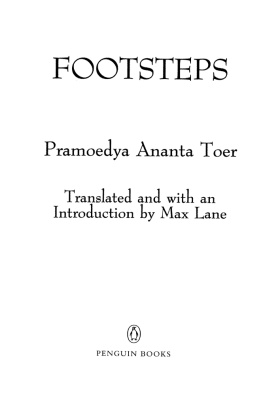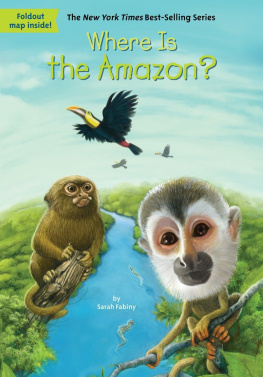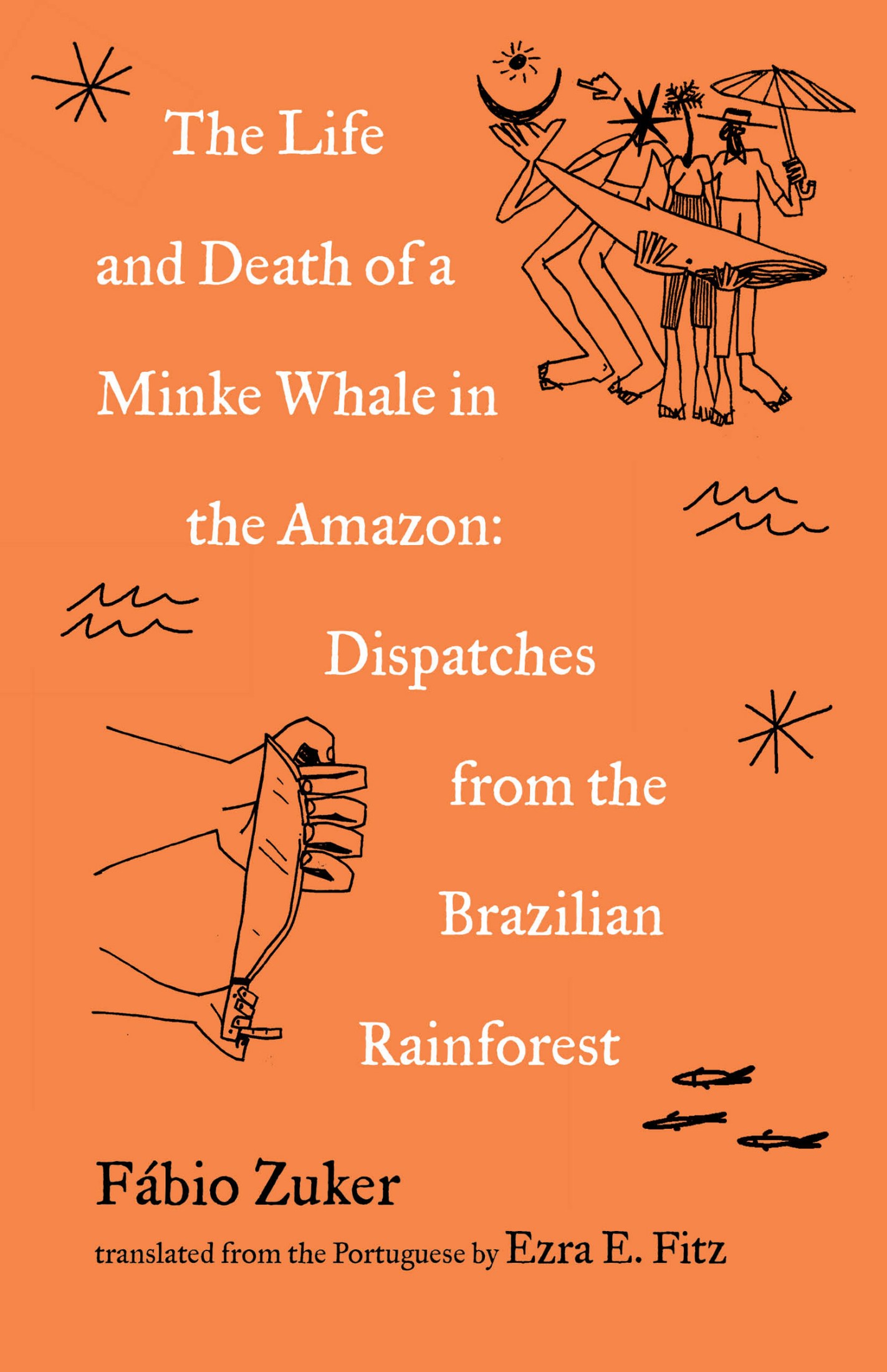
2020, Text by Fbio Zuker
2022, English translation by Ezra E. Fitz
First published in Portuguese as Vida e morte de uma baleia-minke no interior do Par e outras histrias da Amaznia by Publication Studio So Paulo
All rights reserved. Except for brief quotations in critical articles or reviews, no part of this book may be reproduced in any manner without prior written permission from the publisher: Milkweed Editions, 1011 Washington Avenue South, Suite 300, Minneapolis,
Minnesota 55415.
(800) 520-6455
milkweed.org
Published 2022 by Milkweed Editions
Printed in the United States of America
Cover design by Mary Austin Speaker
Cover art and interior art by Gustavo Caboco
Map by Katie Lukes
Author photo by Fbio Zuker
22 23 24 25 26 5 4 3 2 1
First Edition
Library of Congress Cataloging-in-Publication Data
Names: Zuker, Fbio, author. | Fitz, Ezra E., translator.
Title: The life and death of a minke whale in the Amazon : and other stories of the Brazilian rainforest / Fbio Zuker ; translated from the Portuguese by Ezra E. Fitz.
Other titles: Vida e morte de uma baleia-minke no interior do Par e outras histrias da Amaznia. English
Description: Minneapolis, Minnesota : Milkweed Editions, 2021. | Summary: A collection of essays on life and Indigenous resistance in the Amazon rainforest during an age of raging wildfires, mass migration, populist politics, and increasing deforestation-- Provided by publisher.
Identifiers: LCCN 2021011585 (print) | LCCN 2021011586 (ebook) | ISBN 9781571311818 (paperback) | ISBN 9781571317537 (ebook)
Subjects: LCSH: Rain forest conservation--Amazon River Region. | Rain forests-Brazil. | LCGFT: Essays.
Classification: LCC PQ9698.436.U54 V5313 2021 (print) | LCC PQ9698.436.U54 (ebook) | DDC 869.4/5--dc23
LC record available at https://lccn.loc.gov/2021011585
LC ebook record available at https://lccn.loc.gov/2021011586
Milkweed Editions is committed to ecological stewardship. We strive to align our book production practices with this principle, and to reduce the impact of our operations in the environment. We are a member of the Green Press Initiative, a nonprofit coalition of publishers, manufacturers, and authors working to protect the worlds endangered forests and conserve natural resources. The Life and Death of a Minke Whale in the Amazon was printed on acid-free 100% postconsumer-waste paper by McNaughton & Gunn.
CONTENTS

Introduction: Writing as the Projection of Worlds
During one of her recent stays with the Indigenous Wari people, in 2014, Aparecida Vilaa was impressed by something of a novelty: several photographs of her Wari friends and relatives covered one of the bedroom walls. It was in the home of Palet, her Indigenous father, with whom Aparecida had been developing a relationship since 1986, when she began anthropological fieldwork with the Wari in the northern state of Rondnia. The pictures showed several Indigenous people in Western garb, including Davi, who suffered from atrophy of the legs, and who was photographed standing next to his sister Ja. Intrigued, Aparecida asked Ja if they had bought those clothes. No, Ja replied. Theyd been photoshopped by a specialist from Guajar-Mirim, a town not far from the Wari villages.
Reflecting on this, Aparecida analyzes the way photography was appropriated by the Wari, not in terms of permanence or stability, of mirroring the world, but in terms of transformation, of projecting bodies into another world. Her book, Palet and Me: Memories of My Indigenous Father, can be read through the lens of this Wari principle of projecting bodies into other worlds. Its an attempt to recreate the Indigenous Palet somewhere else: the world of the living, the world of white people, the world of books, while exploring a relationship of caring and affection. In the book, Palet appears as a collage of excerpts from the authors field notebooks, dreams, and personal memories, as well as from transcripts of cassette tapes, conversations, and others memories of him.
Produced over thirty years, this multifaceted material is the basis for a kind of farewell to Palet. The book opens the day after his death, emotionally narrated by the author as she shares her anguish at being separated from her Indigenous father and unable to follow his funeral despite many attempts to establish virtual or phone contact with her Wari brothers and sisters.

The projection of bodies into another world is a feature of Wari thought especially with regard to their concept of what photography can do. Its a reflection that takes us beyond a specific context. Sending images of bodies and people into another world, projecting worlds over other worlds, and bringing different realities into friction is what I hope to do with the reports and stories in this book.
More than simply transposing texts for people, recreating them in a different world, it is more interesting to think about how their ways of life test the limits of a record intended to account for the world into which these people are inviting us. What strikes me is the way a text always seems insufficient when faced with a reality that stretches our narrative capacity to grasp it.
A figure comes to mind: something that cannot be embraced. Something with a certain dynamic, a flow that corrodes from within every form or structure designed to contain it. A dynamic, somewhere between fluidity and containment, from which the following stories certainly will not escape. Or, more accurately, it is precisely through this friction that they may emerge.
A Forest in Flames
As Im writing this, its still 2019. The year is not over, but it can already be considered a catastrophic one for the Brazilian Amazon. I spent much of it in the Tupinamb village of Cabeceira do Amorim, inside the Tapajs-Arapiuns Extractive Reserve in western Par. Nearly every night, Ezeriel and I would watch Jornal Nacional in the living room of his home, a place of unplastered walls and usually crisscrossed with hammocks of the most diverse colors, sizes, and shapes. There isnt even a bed in the room Ezeriel shares with his wife, the cacica Estevina, an important Indigenous leader. His sons and daughters have already left the nest and started families of their own. Some live in the city of Santarm while others moved to Manaus or Macap. Many still live in the village and have become excellent hunters. Every night they return to their childhood home with their spouses and children, bringing fish and game to share for dinner.
A few of them join Ezeriel and me as we watch the news of the surge in deforestation currently taking place in the Amazon, our mouths agape. Ezeriel raises an eyebrow. The director of Brazils National Institute for Space Research (INPE), which is also responsible for monitoring forest fires and other destructions of rainforest habitat, was on a national network calling President Jair Bolsonaro pusillanimous and cowardly after the president questioned the institute data. Since the beginning, his administration has been dismantling Brazils environmental protection agencies. Quietly, as if holding something back, Ezeriel mentioned that loggers were looking to resume their activities inside the reserve, which he and many other Indigenous Tupinamb and Kumaruara people claim as ancestral territory.


